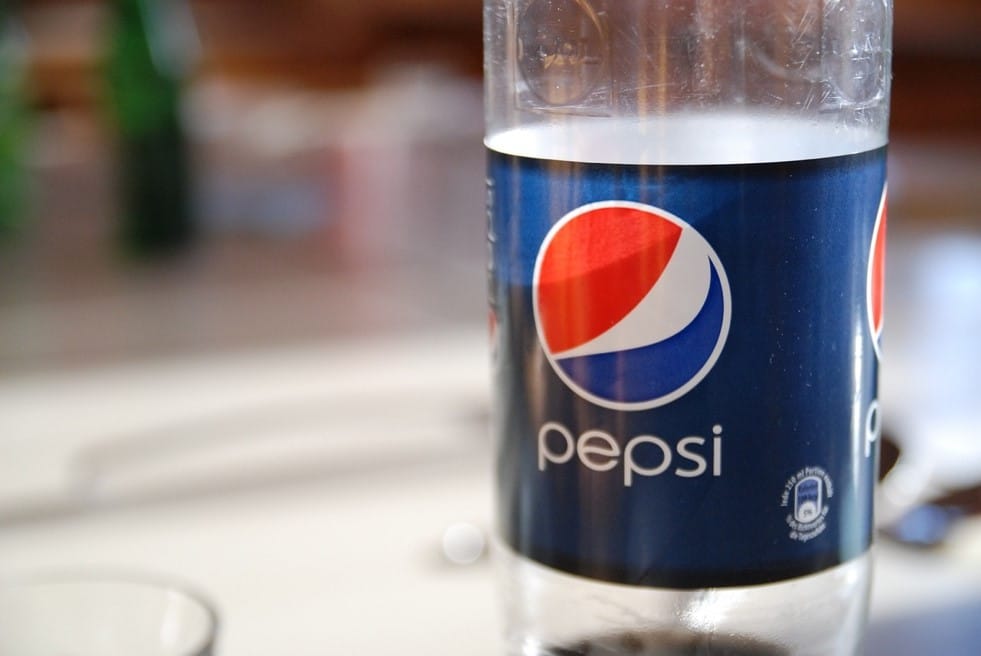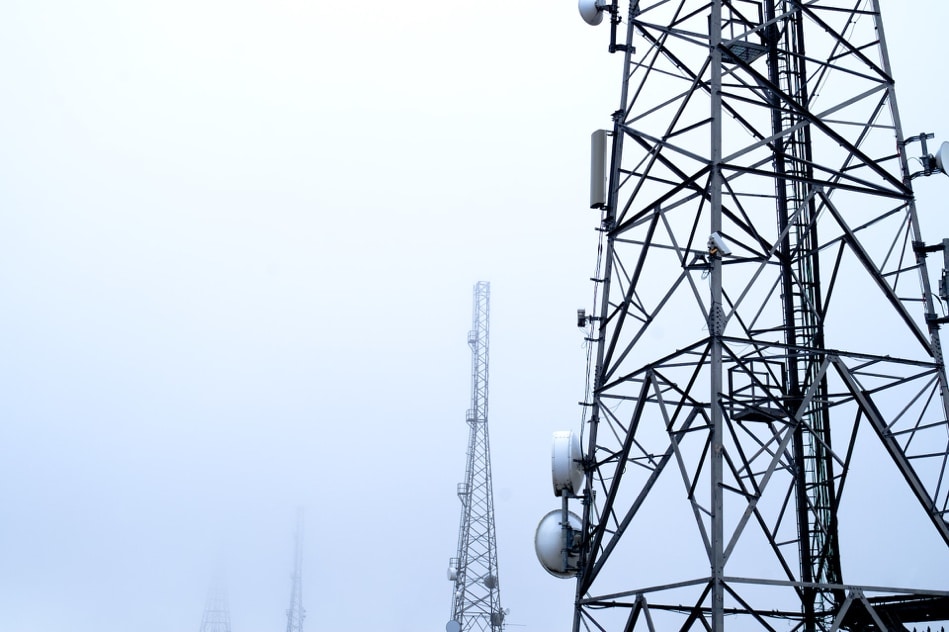Company: PepsiCo, Inc
CEO: Ramon Laguarta
Founders: Caleb Bardham
Year founded: 1898
Headquarter: Harrison, New York
Number of Employees (FY23): 318,000
Type: Public
Ticker Symbol: PEP
Annual Revenue (FY23): $91.4 Billion
Profit |Net income (FY23): $9.07 Billion
Products & Services: Pepsi | Mountain Dew | Lay’s potato chips | Gatorade | Tropicana beverages | 7 Up | Doritos tortilla chips | Quaker foods and snacks | Cheetos | Mirinda | Ruffles potato chips | Aquafina bottled water | Tostitos tortilla chips | Mist Twist | Fritos corn chips | Walkers potato crisps
Competitors: Coca-Cola |Dr. Pepper | Red Bull | Kellogg | Unilever | Nestle
Pepsi’s Vision Statement
PepsiCo’s executive leadership embarked on a journey to develop a vision statement which they think best suits their organization.
The vision statement is as follows.
“Be the global leader in convenient foods and beverages by winning with a purpose.”
To advance this vision, the company plans on becoming FASTER, STRONGER, and BETTER.
Become global leader in convenient foods and beverages
The organization believes that the food industry is an ever going industry as long as humans are alive. Hence, investments in the development of the industry keep the organization at the forefront. A key to long term success.
Winning with purpose
The company believes that winning with purpose translates to giving the best performance to execute your goal and purpose. Pepsico believes that its past success is a mirror of its ambition, which has lead to the growth of the company. The vision is to keep this ambition alive so that the company is propelled into new heights of success internationally.
Faster
PepsiCo plans on becoming more faster in business by focusing on customers and increasing investment for growth and market share.
Stronger
The company plans on becoming stronger by building on its capabilities and enhancing its company culture. PepsiCo plans on developing its core capabilities that will better facilitate customer needs, hence strengthening the brand.
Better
The organization plans on becoming better by integrating their vision into their business strategy. Furthermore, PepsiCo plans to give back to society and the people so that they can successfully create an everlasting impact of the company on the Planet.
Pepsi’s Mission Statement
Pepsi’s mission statement is as follows:
“Creating more smiles with every sip and every bite.”
PepsiCo has divided its mission statement into five categories which are analyzed down below:
For consumer
The company plans on creating smiles for its customers, which are estimated to be about one billion a day by providing them with delicious and unique products.
For customers
PepsiCo tries to bring smiles for its customers by being the best business partner. Delivering products of unique and premium quality, which not only benefits the company but also benefits the business enterprise the customers who buy PepsiCo products in bulks.
For acquaintances and society
The organization brings smiles for its acquaintances and society by creating job opportunities. Also, giving people chances to learn valuable skills, which will help them build successful careers.
PepsiCo all promotes diversity by making its workplace inclusive to everyone. Through such steps, the organization tries to give back to society by making the lives of the people living in it better.
For Shareholders
PepsiCo brings smiles for its shareholders by delivering suitable Total Shareholder Return (TSR) and also running the business based on best corporate and ethical governance.
For the world
The Company brings smiles to the world by playing its part in protecting the non-renewable resources and helping to conserve the eco-system so that it is more sustainable for the generation to come.
Following are the key sustainability metrics that PepsiCo is proud of:
Climate Action – PepsiCo is transiting to 100% renewable electricity in US direct operations in 2020.
Positive Water Impact – Since 2015, PepsiCo has improved 9% operational water -use efficiency.
Next Generation Agriculture – As of 2019, about 80% direct ingredients (Oats, corns, oranges, potatoes) are sustainably sourced.
Improved Choices Across Portfolio – Expand our health-conscious products based on customer’s needs.
People & Prosperity – Women represent 41% of global manager positions.
Circular Future for Packaging – PepsiCo will avoid the use of 67B single-use plastic bottles with the expansion of SodaStream business by 2025.
Pepsi’s Core Values
PepsiCo’s values are the reflection of their stand on social and environmental issues, and what the company wants to be known for. The statement that sheds light on the values of the company is as follows
“PepsiCo is committed to delivering sustained growth through empowered people acting responsibly and building trust.”
For analysis, the statement can be broken down into three parts.
Sustained Growth
PepsiCo expects its employees to have a vision of sustained growth. It’s a skill that harnesses other skills such as innovation, ambition, and determination.
PepsiCo believes that one of the critical keys to long term success is to have a long term plan. And the employees must have the vision and value of sustained growth, not just for themselves but for the company as well.
Empowered People
PepsiCo is an organization that believes in giving freedom and autonomy to its employees, given that they work within the organization’s governance.
In order to survive at PepsiCo, employee empowerment is a critical skill. The company values people who can get the job done correctly with minimum guidance.
Responsibility and Trust
PepsiCo expects its employees to be responsible and trustworthy. The company believes that these two core values are of the utmost importance leading to the growth of the company.
All employees are expected to execute all activities responsibly, keeping in mind the company policy and general rules and regulations. It builds the company’s trust in them.
Pepsi’s Market Strategy
PepsiCo uses a very simple marketing strategy that not only cuts down its cost of advertising and marketing but also makes the branding of its products much easier. PepsiCo has “ONE STRATEGY.”
For each one of its product, it has one message worldwide. Since most of its products are generic food and drinks; hence, the downfalls of this strategy are minimal compared to its advantages. In every country that the company operates in, it sells the same product with the same advertising and marketing.
This strategy not only helps in cutting down the costs but also makes the brand easily recognizable internationally. Although this strategy has backfired with some products that are not generic such as US tomato soup and the company did suffer the losses, but the cons outweigh the pros.
The revenue generated through it and money saved by it is much greater than occasional losses suffered due to it.
Pepsi’s Product Strategy
The company already has a significant share of food and beverage business, but it wants to broaden its product portfolio by securing local market shares.
The strategy is that the result of securing many local market share would be a considerable chunk of the market share of the country as a whole. PepsiCo plans on saving money through holistic cost management and then investing that back into its products so that the funds can be indirectly reinvested back into the marketplace.
Moreover, to sell product of top quality, the company is very in tune with the needs and demands of its consumers and customers.
Conclusion
PepsiCo has been one of the leading food and beverage brands. Company’s vision and mission are partially responsible for its success. At the same time, it’s employees who adhere to the company’s core values and the strategies are the reason that the company is still at the forefront of the food and beverage industry.
References & more information
- PepsiCo, Inc. Official Website
- PepsiCo 2019 Financial Report
- Warren J. Keegan, “Journal of Marketing”,Vol. 33, No. 1 (Jan., 1969), pp. 58-62
Tell us what you think? Did you find this article interesting?
Share your thoughts and experiences in the comments section below.












Ajay,
In 2011, PepsiCo announced the “Power of One” Strategy.
It means selling “Food & Snacks” and ” Beverages” under One Big Umbrella “PepsiCo.”
PepsiCo believes that both the divisions “Food & Snacks” and “Beverages” are complementary to each other and go hand in hand. Consumers purchase/ consume both (salty) snacks and (sweet) drinks together.
Later, the One Strategy was challenged in 2013.
When Peltz Trian Fund Management (an investment firm) recommended PepsiCo to split “Food & Snacks” and “Beverage” division into two separate companies.
At that time, Trian Fund owned about $1.3 Billion of PepsiCo shares, which made them one of the largest PepsiCo’s shareholders.
Trian Fund believed that PepsiCo will always remain (#2) in the Cola business, but with this split, PepsiCo can at least gain a leadership (# 1) position in snack business in terms of market share, growth, etc. According to Trian, PepsiCo was struggling in managing both “fundamentally different” businesses.
However, after careful consideration, PepsiCo’s Board of directors rejected Trian’s proposal and continued with One strategy.
If you are interested in learning more about the Trian Fund proposal, here is a link to a white paper.
https://trianpartners.com/content/uploads/2017/01/TRIAN-WHITE-PAPER-PepsiCo.pdf
*
Snack brands are Frito Lays, Cheetos, Doritos, Kurkure etc.
Beverage brands are Pepsi, Mirinda, Mountain Dew, Gatorade, Tropicana etc.